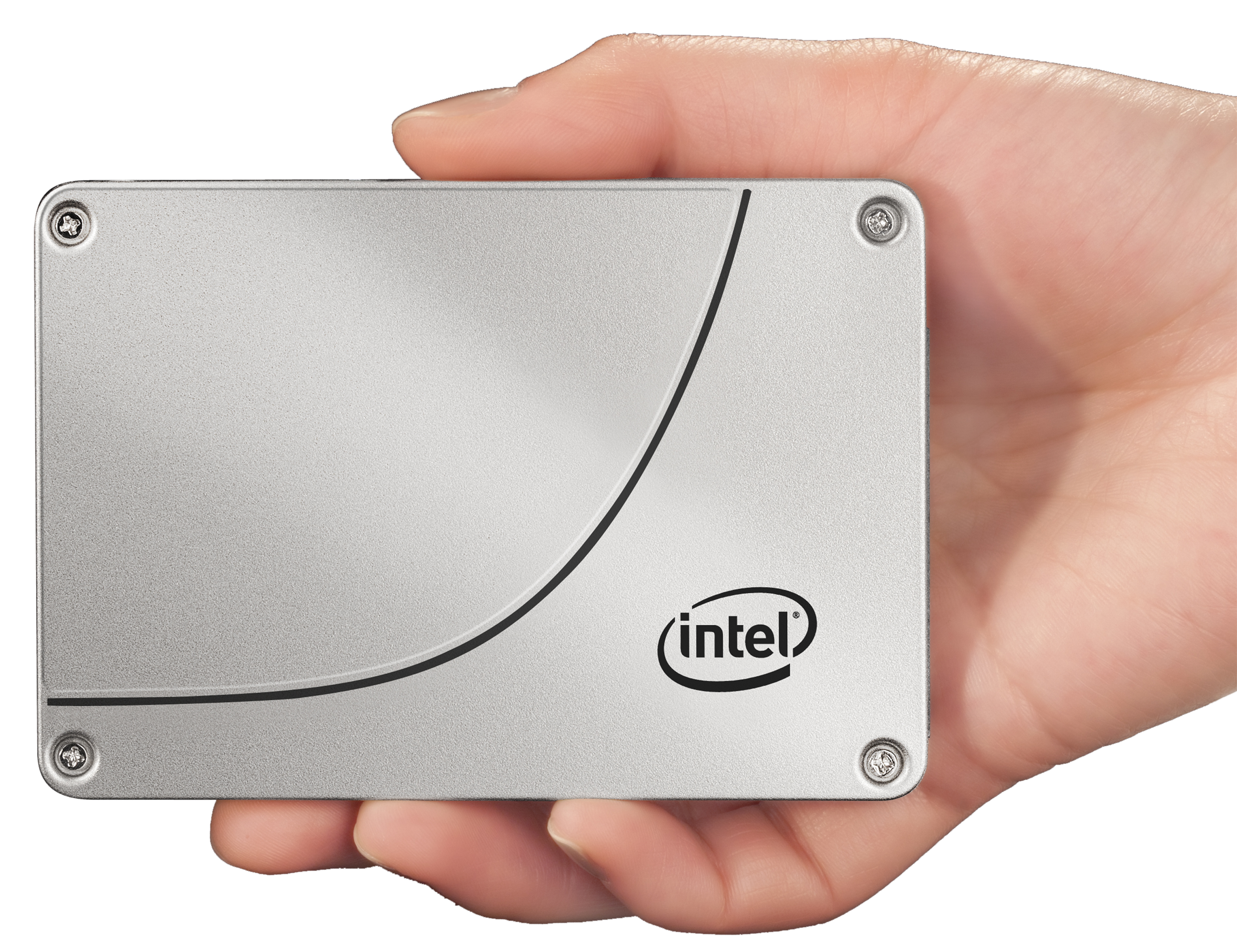Intel SSD DC S3700 Review: Benchmarking Consistency
With the recent announcement of the SSD DC S3700, Intel is firmly targeting enterprise customers with something not normally seen on spec sheets: performance consistency. Will their latest offering live up to expectations, or fall short? Lets find out.
Intel's SSD DC S3700 Redefines The Way We Look At Performance
In the four years that passed since Intel launched its X25-E, the company appeared to either lose its way or lose interest in the enterprise segment. The only follow-up effort to emerge from its labs prior to now was the SSD 710, and that drive was simultaneously underwhelming and expensive. With the introduction of the SSD DC S3700, Intel fixed many of the reasons why its SSD 710 didn't succeed. And along the way, Intel's engineers helped redefine the way we evaluate the performance of solid-state storage.
The first major fix was a complete redesign of its controller. A new 6 Gb/s ASIC represents a major step forward for Intel. Not only does this help push performance far beyond what the SSD 710 could do, but it also establishes a new benchmark for consistency never-before seen from a SATA-based SSD.
We can't say enough about the SSD DC S3700's consistency. In every test, no matter how hard we tried, we kept getting reliable, repeatable results. Intel deserves major recognition for the effort that went into controller design and firmware implementation. It's only too bad that, as of now, it sounds like the company has no plans to apply its latest controller technology to a desktop-oriented SSD. We sure do hope that a consumer version surfaces at some point, though.
The last important fix was cost. Intel's SSD 710 was simply priced too close to competing SLC-based drives, particularly when you took lower endurance and higher latencies into consideration. While $2.35/GB still seems like a lot next to the fastest desktop drives out there, the SSD DC S3700's pricing structure is much better, given the 25 nm HET-MLC that Intel uses. The write endurance we've seen from this memory technology has remained consistent over the past year, and we've seen it hold up well in all but the most intensive write-heavy workloads.
There is one notable down-side to mention: power consumption is really high. This could cause issues in densely-configured racks or embedded systems. It's probably not a problem for most business users, particularly those coming from magnetic storage, where performance per watt is much lower, but you should keep it in mind anyway.
A recommendation favoring this drive cannot come from looking at its spec sheet or price tag. You have to actually use it and see how it affects the applications that matter to you. Intel's SSD DC S3700 redefines the way we look at an SSD's performance. And, in the enterprise space, there are plenty of workloads better-served by consistent performance than higher peaks (and lower valleys). As you saw in the enterprise video streaming tests, this can be a very welcome change.
Get Tom's Hardware's best news and in-depth reviews, straight to your inbox.
Current page: Intel's SSD DC S3700 Redefines The Way We Look At Performance
Prev Page Power Consumption-
merikafyeah Consistency and reliability are always more important to me than speed and capacity,Reply
but it's wonderful when you can have all four.
Kudos to Intel for raising the bar yet again on SSD quality. Eagerly awaiting trickle-down effect. -
InvalidError adgjlsfhkhow does ssd power consumption compare to an hhd's in watts per gigabyte?For conventional 3.5" HDDs, you have 5-8W idle, 10-15W seek and 15-25W spin-up.Reply
For 2.5" HDDs, you have ~1W idle and 2-2.5W seek/spin-up.
I'm a little surprised at how much power Intel's enterprise SSDs are using. I'm guessing a good chunk of the reason comes from having extra circuitry to do the double-conversion from 5/12V to ~30V and then back down to whatever the SSD needs. -
drewriley InvalidErrorFor conventional 3.5" HDDs, you have 5-8W idle, 10-15W seek and 15-25W spin-up.For 2.5" HDDs, you have ~1W idle and 2-2.5W seek/spin-up.I'm a little surprised at how much power Intel's enterprise SSDs are using. I'm guessing a good chunk of the reason comes from having extra circuitry to do the double-conversion from 5/12V to ~30V and then back down to whatever the SSD needs.Reply
You nailed it. If you look at 2.5" 15K and 10K RPM drive, the Intel is better on W/GB, but it is pretty high when compared to other SSDs. -
master9716 Samsung aint gona mess around , they are going to bring this type of performance to Desktops watch .Reply
-
sanilmahambre So this is why they gave up on motherboards and concentrated more on SSD's! Believe me that trick worked wonders and a lot more money.. LOLReply -
mayankleoboy1 adgjlsfhkhow does ssd power consumption compare to an hhd's in watts per gigabyte?Reply
i am not sure if watt/GB is important for storage.
Reason : the new philosophy is to "hurry up, finish the work, and relax".

